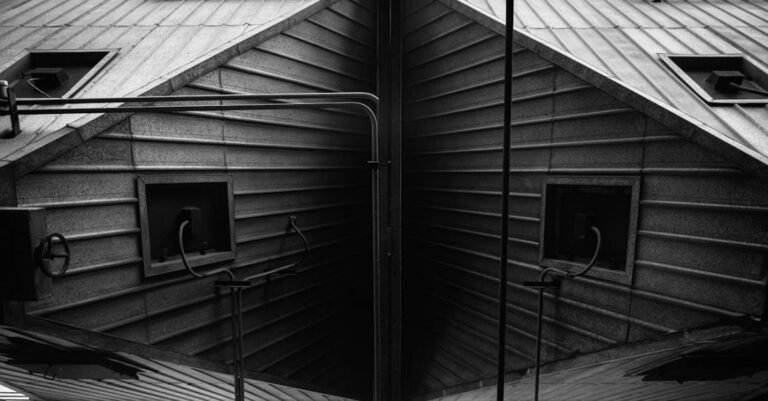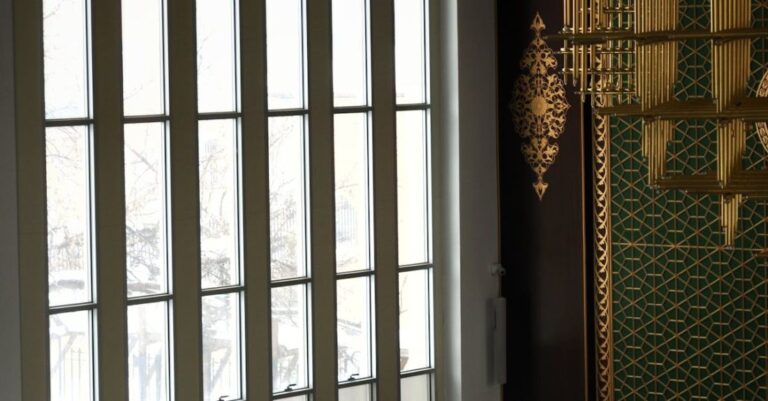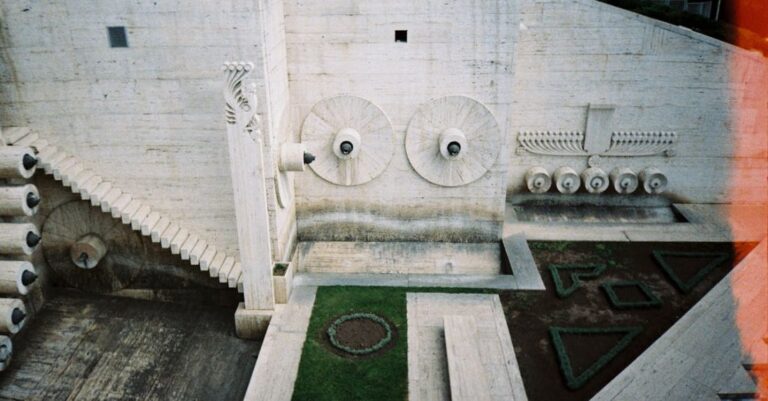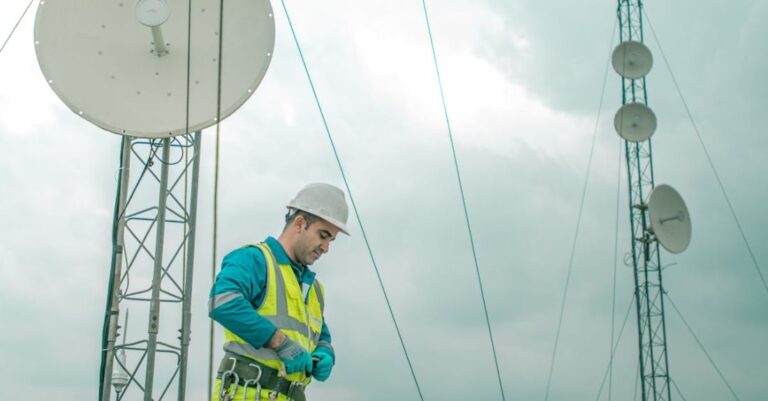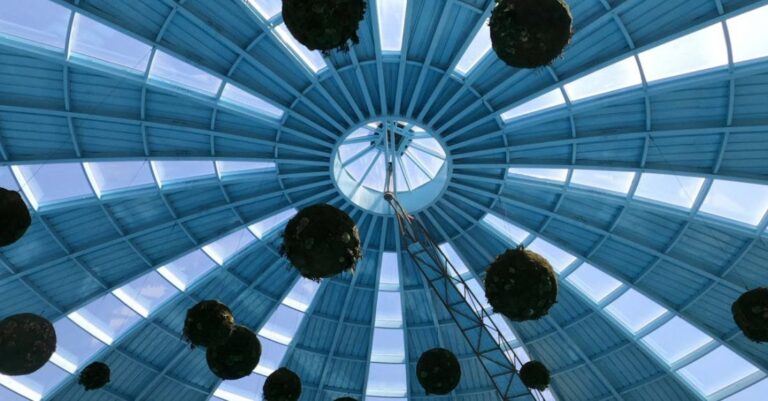
Art installations have the power to captivate, inspire, and provoke thought. Beyond their aesthetic appeal, art installations can serve as powerful tools for fostering community engagement and interaction. By strategically incorporating art installations into public spaces, communities can create a shared platform for dialogue, reflection, and connection. In this article, we will explore the ways in which art installations can be used to enhance community engagement and promote a sense of belonging and unity.
**Creating Vibrant Public Spaces**
Art installations have the ability to transform ordinary public spaces into vibrant hubs of creativity and expression. Whether it’s a large-scale sculpture in a park or a series of murals on city walls, art installations have the potential to draw people together and spark conversations. By strategically placing art installations in high-traffic areas, communities can create focal points that encourage people to gather, interact, and engage with their surroundings.
**Encouraging Dialogue and Reflection**
Art has a unique way of communicating complex ideas and emotions in a way that transcends language barriers. Art installations that tackle social issues, celebrate diversity, or pay homage to local history can serve as powerful catalysts for dialogue and reflection within a community. By provoking thought and encouraging conversations, these installations can help bridge divides, raise awareness, and foster a greater sense of empathy and understanding among community members.
**Promoting Local Artists and Creativity**
Art installations provide a platform for local artists to showcase their talents and contribute to the cultural fabric of a community. By commissioning local artists to create installations that reflect the unique identity and spirit of a place, communities can support their creative economy and celebrate their artistic heritage. This not only helps to beautify public spaces but also creates opportunities for artists to connect with a broader audience and gain recognition for their work.
**Engaging Diverse Audiences**
Art installations have the ability to engage people of all ages, backgrounds, and interests. Whether it’s a playful interactive exhibit or a thought-provoking mural, art installations can capture the imagination and curiosity of diverse audiences. By creating installations that appeal to a wide range of tastes and preferences, communities can draw in visitors from near and far, creating a sense of inclusivity and belonging that transcends social barriers.
**Fostering Collaborative Partnerships**
The creation and maintenance of art installations often require collaboration between artists, community organizations, local government, and private sponsors. By working together to bring art installations to life, these stakeholders can build strong partnerships that benefit the community as a whole. These collaborations not only help to fund and support art projects but also foster a sense of shared ownership and pride in the community’s cultural assets.
**Enhancing Civic Pride and Identity**
Art installations have the power to instill a sense of civic pride and identity in a community. By showcasing local art and culture in public spaces, communities can create symbols that reflect their values, history, and aspirations. These installations can become landmarks that people identify with and take pride in, strengthening their connection to the community and fostering a sense of belonging and unity.
**In Summary**
Art installations offer a unique opportunity to engage, inspire, and unite communities through creativity and expression. By strategically incorporating art into public spaces, communities can create vibrant hubs of interaction, dialogue, and reflection that bring people together and celebrate their shared identity. Through collaborative partnerships, support for local artists, and a commitment to inclusivity and diversity, art installations can play a powerful role in building stronger, more connected communities.
